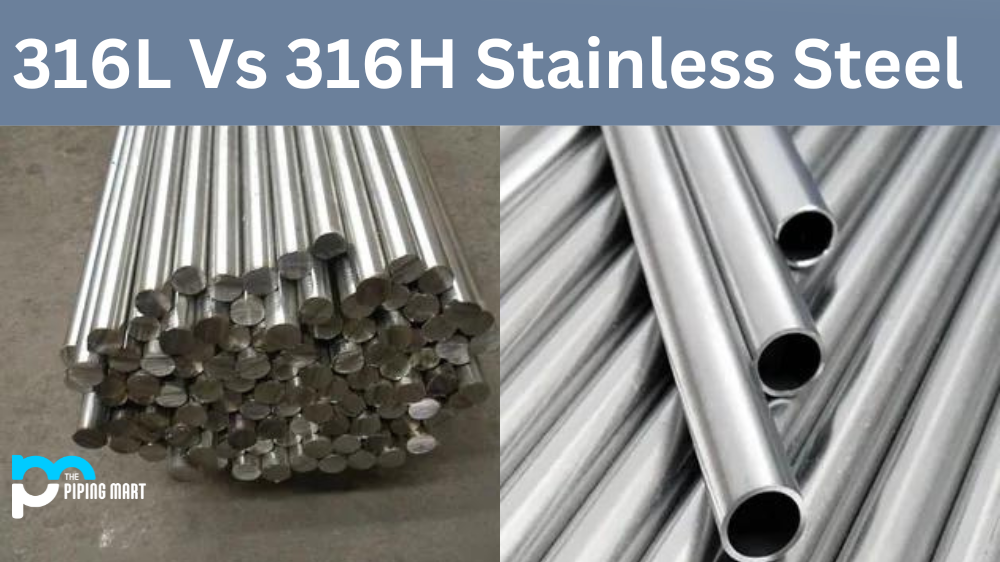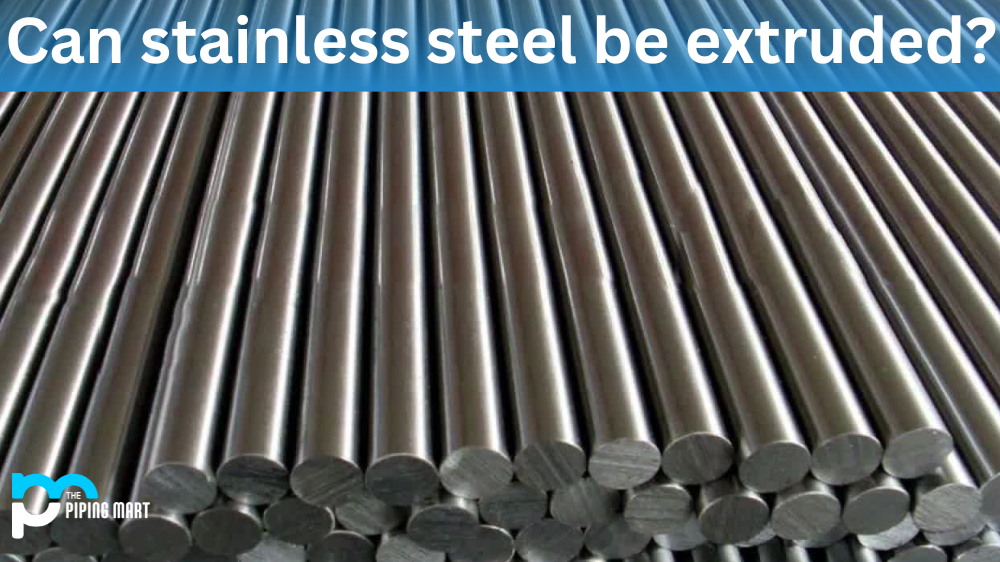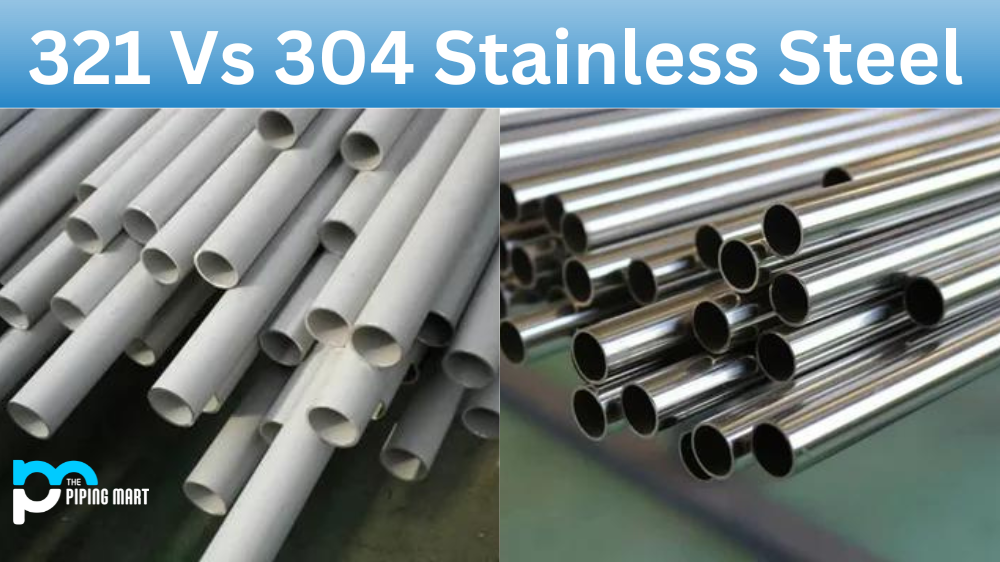Stainless steel is a great option if you’re looking for a durable, corrosion-resistant metal for your next project. However, it’s important to note that not all stainless steel is created equal; there are multiple varieties of the material, each with its unique characteristics. Two popular varieties are 316L and 316H stainless steel. In this blog post, we’ll look at what sets these two types of stainless steel apart from one another and which may be right for your needs.
Difference Between 316L and 316H Stainless Steel
The main differences between the two types of stainless steel are their carbon content and mechanical properties. The “L” in 316L stands for “low carbon,” meaning that this type has about 0.03% carbon or less by weight. On the other hand, the “H” in 316H stands for “high carbon,” meaning that this type has about 0.04% to 0.15% carbon by weight—nearly twice as much as 316L.
Because of its higher carbon content, 316H stainless steel offers greater strength than its counterpart. This makes it ideal for applications where strength is paramount—such as cookware handles or pressure vessels—while offering excellent corrosion resistance due to its chromium content (which makes up 16%-18% of the alloy). It’s important to note that increased strength also means increased hardness. So if you need something easy to machine or form into complex shapes, then 316L may be more suitable because it is slightly softer than its counterpart.
- 316L is the low-carbon version of 316 stainless steel.
- 316H is the high-carbon version of 316 stainless steel.
- 316L has a maximum carbon content of 0.03%, while 316H has a maximum carbon content of 0.04%.
- The higher carbon content of 316H makes it more resistant to intergranular corrosion, while the lower carbon content of 316L makes it more weldable.
- Both grades of stainless steel are widely used in the petrochemical industry, as well as in food processing and medical equipment
Which Type Should You Choose?
The answer depends on what type of application you’re planning on using your stainless steel and what properties you need. If you need superior strength but don’t mind sacrificing some machinability or formability, go with 316H; if you prioritize machinability over strength but still need excellent corrosion resistance, then opt for the low-carbon variety instead (316L).
Conclusion:
In summary, when choosing between the two types of stainless steel (316L vs 316H), consider your requirements carefully and select the material best suited for your project’s needs. Whether it’s greater strength or better machinability that you need from your stainless steel component or product will ultimately dictate which type is right for you – so do your research before making any decisions!

A passionate metal industry expert and blogger. With over 5 years of experience in the field, Palak brings a wealth of knowledge and insight to her writing. Whether discussing the latest trends in the metal industry or sharing tips, she is dedicated to helping others succeed in the metal industry.




